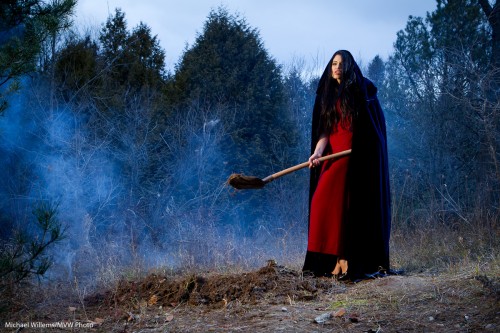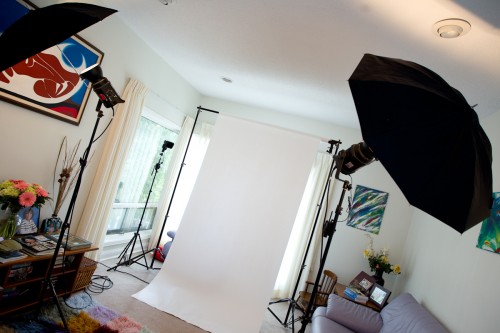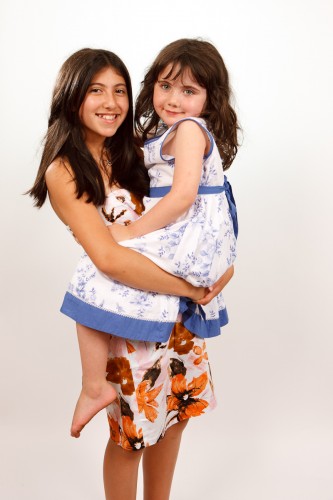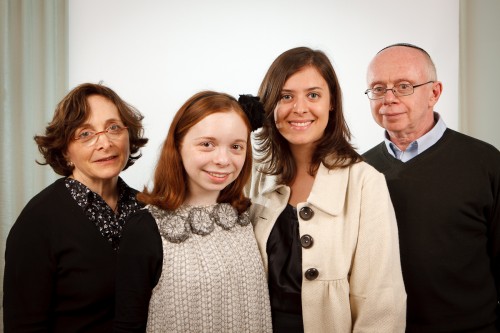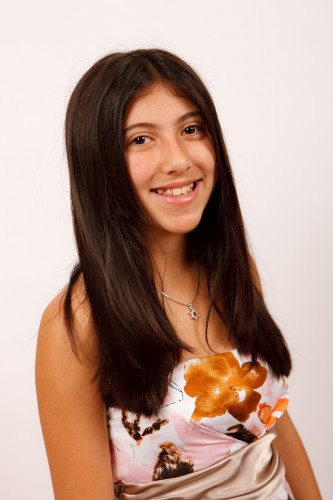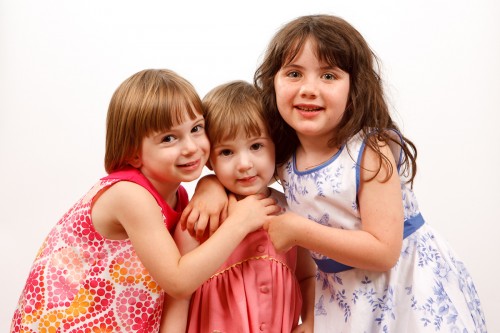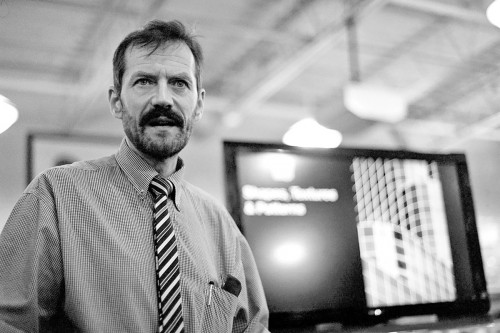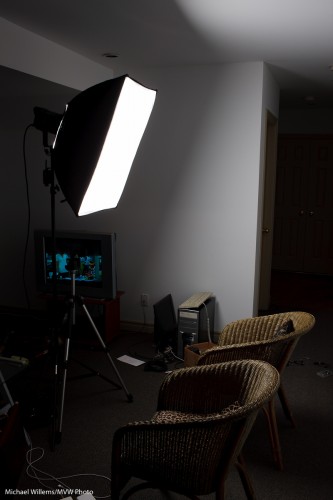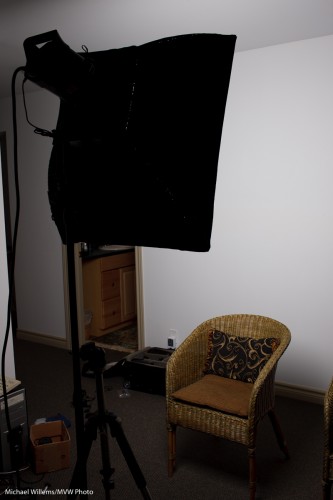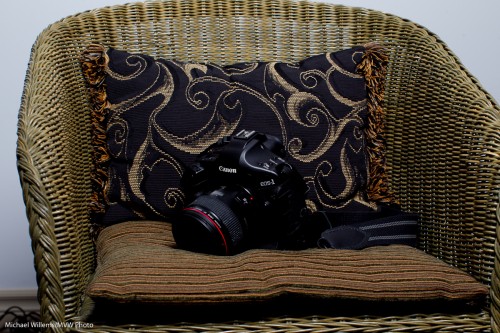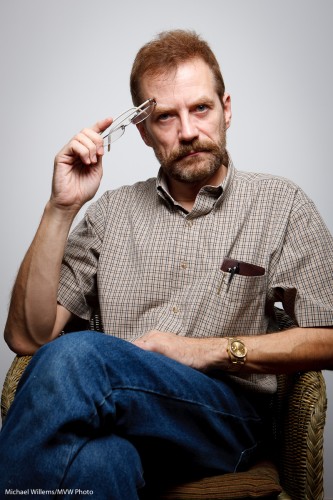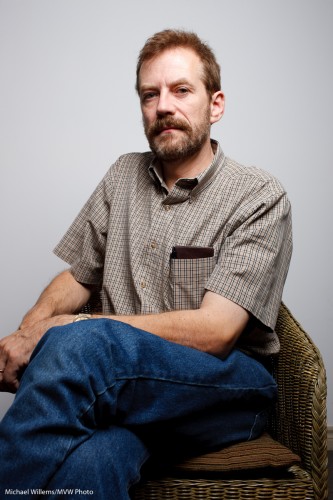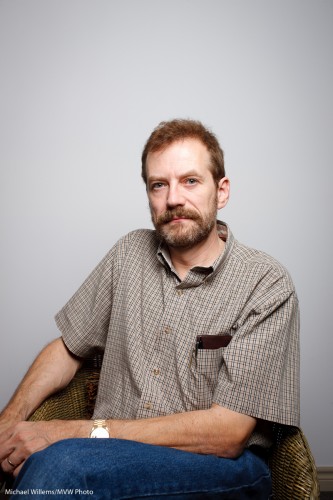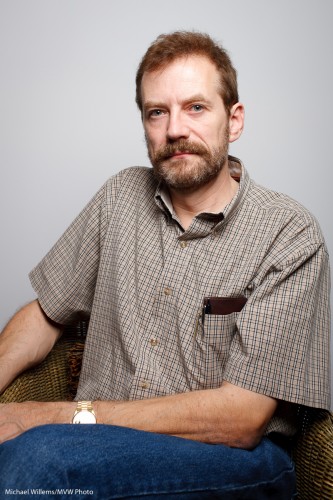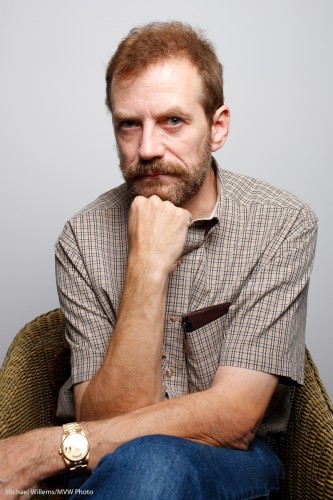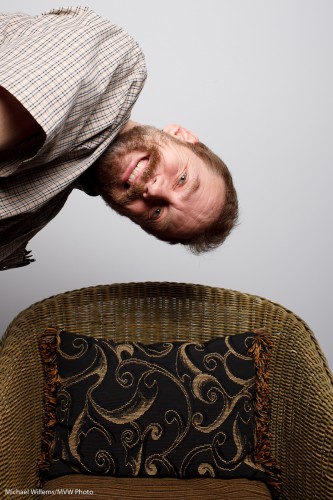My friend and student Ed asked (and this is the abbreviated version, his question was more nuanced): “should I buy a Canon 60D or a 7D to replace my Digital Rebel”?
Because this type of question comes up often – one camera versus another one, and use the difference for lenses – like “a D90 plus a lens versus a D300 without one” – I thought I would share my answer here. It may give you some ideas as to the factors that affect a difficult choice like this.
These are both great cameras. They both have the same sensor and the same video.
The 7D does not have the cool articulating mirror, true, but it has other advantages that made me buy one:
- The 7D has a titanium body (60D is plastic)
- Weatherproofing.
- A much better, entirely new focusing system.
- Better controls (e.g. a switch for video/live view selection; more controls accessible via a switch rather than a menu).
- More customization options
- Better viewfinder (100%)
- More settings in video (e.g. the option to use Av mode)
- Faster: Two processors rather than the 60D’s one means that you get 8 frames per second when shooting sport. That’s FAST!
Clearly, there is no good or bad – both good. But
- If you want a sturdier, weatherproofed camera with the latest focus system (more points is good: you will only use one, but you have more to choose from for that one, in a bigger area), and if you shoot sports, then the 7D for sure.
- But since lenses are more important than cameras for the image quality, if quality is important and the other factors are less so, then go for a cheaper camera and better lenses.
As said: either is good. But I hope this brief discussion shows there is no clear winner in these things, since the factors that go into your decision are multifaceted and complicated.

